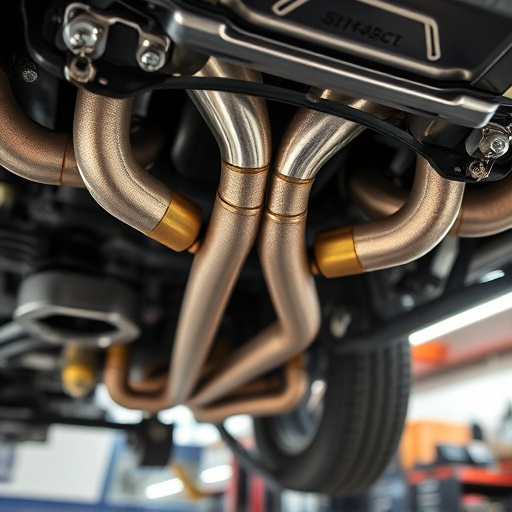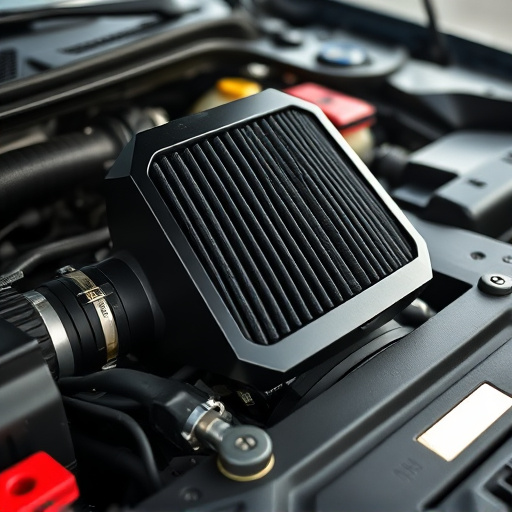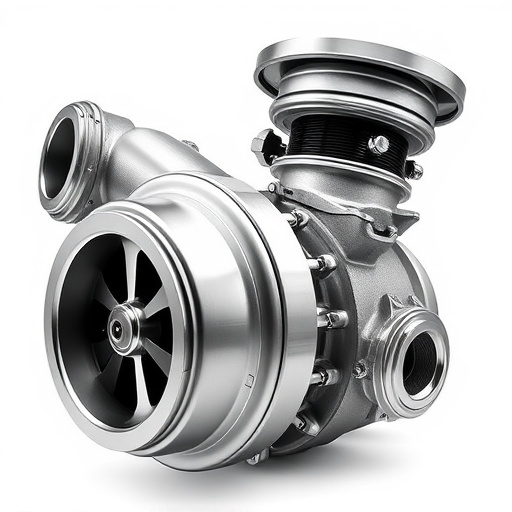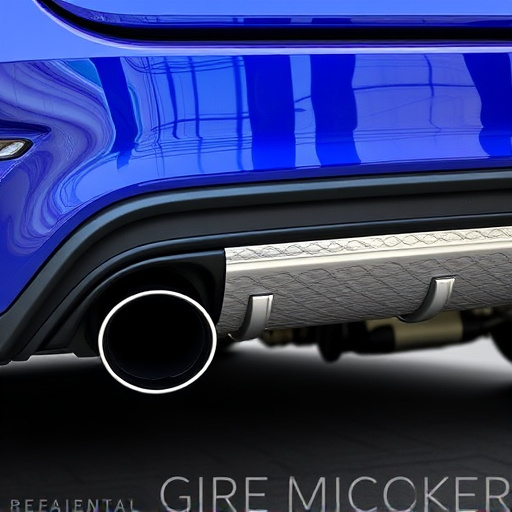Before installing a loud exhaust system, check your local noise ordinances, as many regions have specific decibel limits (around 85 dB(A)) and guidelines on frequency, duration, and proximity to sensitive areas. Complying with these regulations is crucial to avoid fines, penalties, and safety issues related to excessive vehicle noise, which is governed by a complex interplay of local, state, and federal laws, including EPA emissions standards.
Considering a loud exhaust system? There’s more to it than meets the ear. Before you rev up your ride, understand the legal considerations that govern vehicle noise. From local to federal levels, strict regulations dictate allowable decibel levels, with stringent limits in certain areas. This guide explores these rules, helping you navigate the choices and modifications for a legal yet powerful exhaust system. Learn about different system types, selection tips, and maintenance obligations to ensure compliance without compromising performance.
- Understanding Noise Regulations and Limits
- – Overview of local, state, and federal laws related to vehicle noise
- – Decibel levels permitted for exhaust systems
Understanding Noise Regulations and Limits
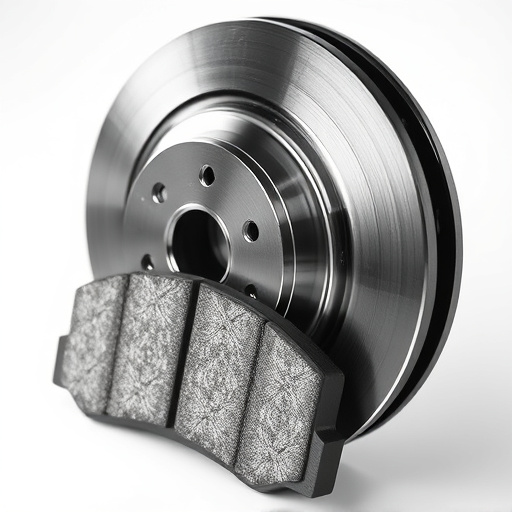
Many regions have specific noise regulations and limits in place to ensure peace and tranquility within communities. Before installing a loud exhaust system, it’s crucial to understand these rules and standards. Noise levels are typically measured in decibels (dB), with lower numbers indicating less intense sound. Different areas may have varying permissible limits, usually ranging from 50-70 dB during specific hours. Exceeding these thresholds can result in fines or other penalties.
Knowing your local noise ordinances is essential when considering a loud exhaust system. These regulations often target not just the overall decibel level but also the frequency and duration of noise. For instance, certain restrictions might apply specifically to high-pitched sounds or those that persist for extended periods. Additionally, nearby residential areas or schools may have more stringent rules due to sensitivity to noise disturbance.
– Overview of local, state, and federal laws related to vehicle noise
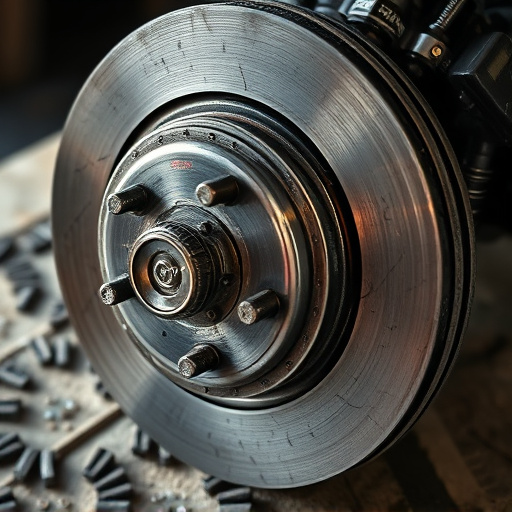
In many regions, laws regarding vehicle noise are a complex interplay between local, state, and federal regulations. These laws aim to balance individual freedom with community peace and safety. When considering installing a loud exhaust system, understanding this regulatory framework is crucial. Local ordinances often dictate permissible noise levels, with specific restrictions on decibel limits for vehicle modifications. Additionally, state laws may further refine these guidelines, ensuring consistency across different municipalities.
At the federal level, regulations like those set by the Environmental Protection Agency (EPA) in the United States focus on emissions and safety standards, including those related to exhaust systems. These rules cover various aspects of vehicle modification, from air intake systems to cold air intakes, ensuring that any changes made do not compromise overall environmental or road safety standards. Therefore, individuals looking to enhance their vehicle’s sound with a loud exhaust system must navigate these layered legal considerations to ensure compliance and avoid potential penalties.
– Decibel levels permitted for exhaust systems
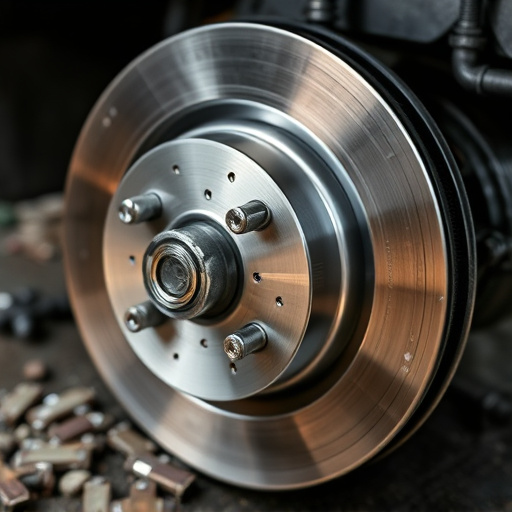
The noise level generated by a vehicle’s exhaust system is regulated by laws in many regions to ensure public safety and tranquility. Decibel (dB) levels are a crucial measure here, with specific regulations dictating the maximum allowed sound pressure level for exhaust systems. These standards vary across countries and states, but generally, the focus is on mitigating noise pollution, especially in urban areas. For instance, many jurisdictions set a limit of around 85 dB(A) (decibels measured in A-weighted scale) for vehicle exhausts, with stricter restrictions for certain types of vehicles or specific times of day.
When considering a loud exhaust system, such as a cat-back exhaust or modified setup, it’s imperative to be aware of these legal constraints. Using exhaust systems that exceed the permitted decibel levels can result in penalties and fines. Additionally, modifying a vehicle’s exhaust to increase noise levels may also affect other components, including brake rotors, which could lead to safety concerns. Therefore, understanding local laws and adhering to them is crucial for any vehicle owner looking to enhance their ride’s sound without legal repercussions.
Before installing a loud exhaust system, understanding the legal landscape is crucial. Local, state, and federal regulations carefully control vehicle noise levels, including those from exhaust systems. Ensure your desired setup adheres to permitted decibel limits to avoid legal issues and fines. Remember that compliance not only respects community noise standards but also ensures a safe driving environment for all.











